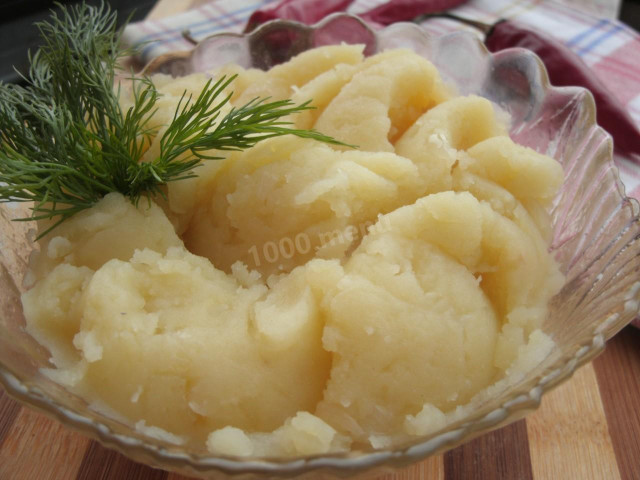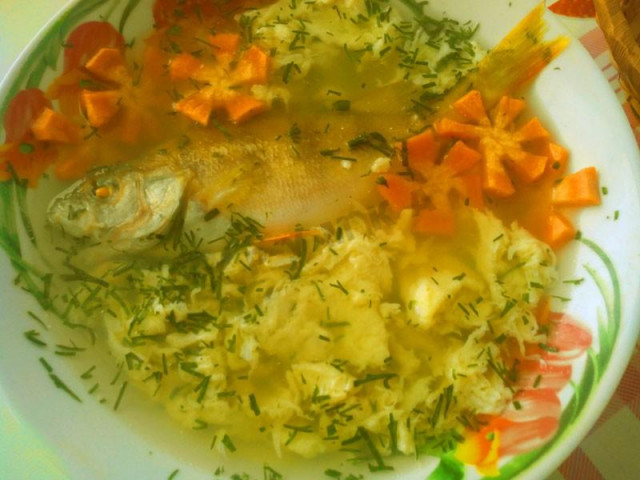Composition / ingredients
Cooking method
Dice the peaches, put them in a saucepan, add sugar and water, cook over medium heat for 5-7 minutes, grind with a blender in puree, let cool From 2 lemons squeeze the juice, strain through a sieve. Strain the cooled peach puree through a sieve. Pour the peach mixture, lemon juice and water into the carafe, mix well.
Peach is the fruit of a tree of the rose family (Rosaceae). Its closest "relative" is almonds, even their aroma has a significant similarity. The color of the peach peel is very diverse: yellow with a bright red blush, orange-yellow, golden-yellow, greenish-white, pink, red, etc. According to the color of the pulp, peaches are yellow and white, fruits with red pulp are less common (varieties sanguinoles, cardinales). The skin of the fruit can be pubescent and undescended (naked). Pubescent (velvety) peaches are divided into so-called real peaches (the stone is freely separated from the pulp) and pavia (the stone is not separated). The unpeeled ones are divided into nectarines (an easily separated bone) and into brunions or violets (a bone that has grown to the pulp).
Peaches with a separating stone are juicier and more tender, their flesh is looser, with a small content of pectin (gelling) substances – such fruits are better to eat fresh, as well as to use for obtaining juices and drying. Peaches with a hard-to-separate bone have a denser and drier pulp, they are more suitable for making compotes, jams, jams, marmalade.
For a long time, Persia (Iran) was considered the birthplace of peaches, from which, in fact, their name originated. However, later scientists established that the true place of origin of this fruit is China. It was from there that the peach got first to Persia, and only then, during the campaigns of Alexander the Great, to Greece. In the I century A.D. Rome got acquainted with the fruit, a little later – Gaul. By this time, its fruits had reached the size of a large apple. However, after the invasion of the barbarians and the final defeat of the Roman Empire, the peach again went wild and crushed. Europeans have been cultivating it since the XVI century and managed to "enlarge" it again only after three centuries.
The peach was brought to America by Europeans, although it grew so much on the mainland that travelers took it for a native plant. In Russia, peach trees began to be cultivated only in the XVIII century, and exclusively in the southern regions. Today, peaches are still found primarily in the south of Russia, although especially frost-resistant ones are also found in the gardens of the middle zone, where they are in demand primarily as ornamental plants because of beautiful flowers (since even a small harvest from them can be obtained there only in particularly favorable years). Naturally, they are also grown in greenhouses.
Peaches are widely eaten in their natural form, and this is well known. Fresh and cooked fruits can serve as the basis for fruit salads and soups, fillings and decorations for pies, cupcakes, cookies, cakes and pastries. Peaches are boiled, dried, candied, canned, baked and even stewed (for example, together with pork and lamb, which combination with peach gives special flavors).
These fruits are excellent raw materials for processing: they are used to prepare various types of jams, jams, desserts, jellies, souffles, ice cream, marmalade, bacon, compotes, juices, syrups, cocktails, including alcoholic ones. Dried peach (whisper) is considered very useful, although in our country it is less popular than other dried fruits. Liqueurs are prepared from peach pits in a number of countries (France, England, etc.), for example, the famous French "Apricotine".
Calorie content of products possible in the dish
- Lemon - 16 kcal/100g
- Lemon zest - 47 kcal/100g
- Granulated sugar - 398 kcal/100g
- Sugar - 398 kcal/100g
- Peaches - 46 kcal/100g
- Canned peaches - 68 kcal/100g
- Water - 0 kcal/100g








